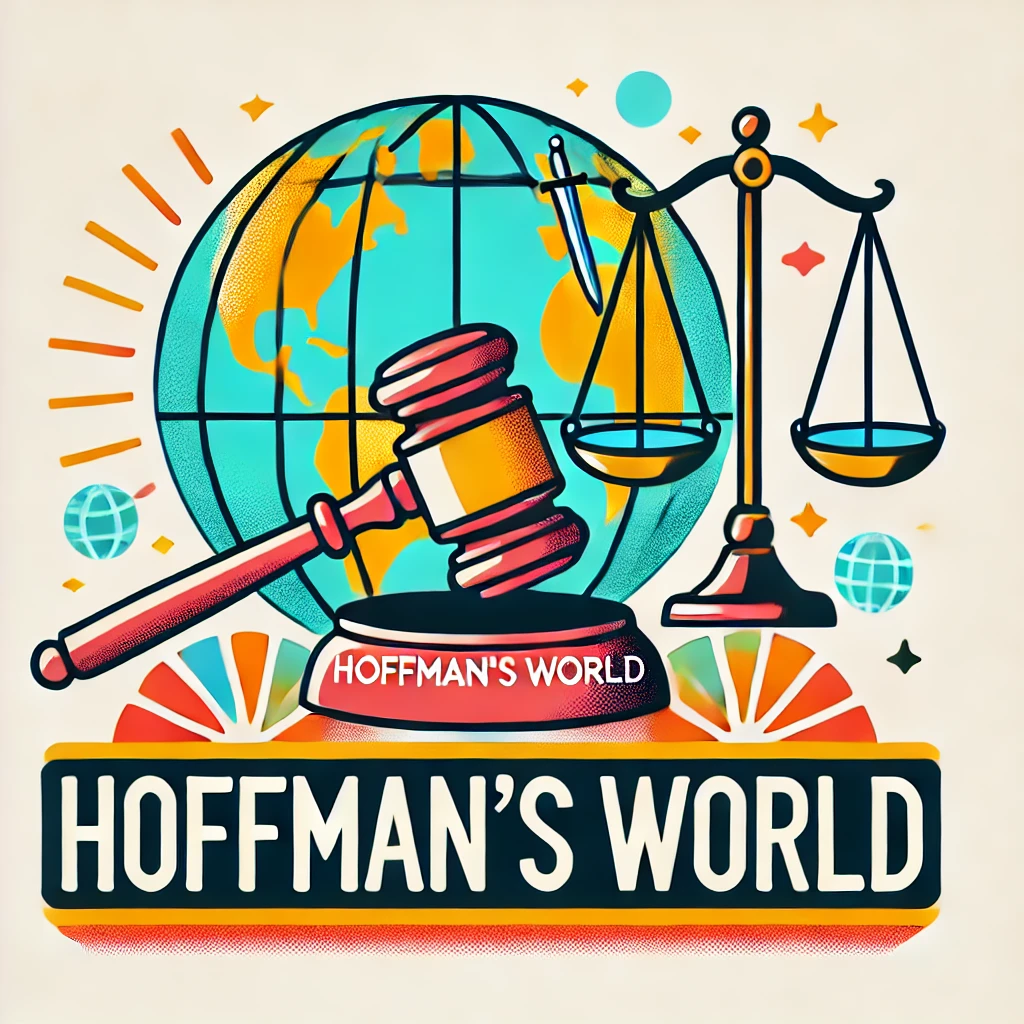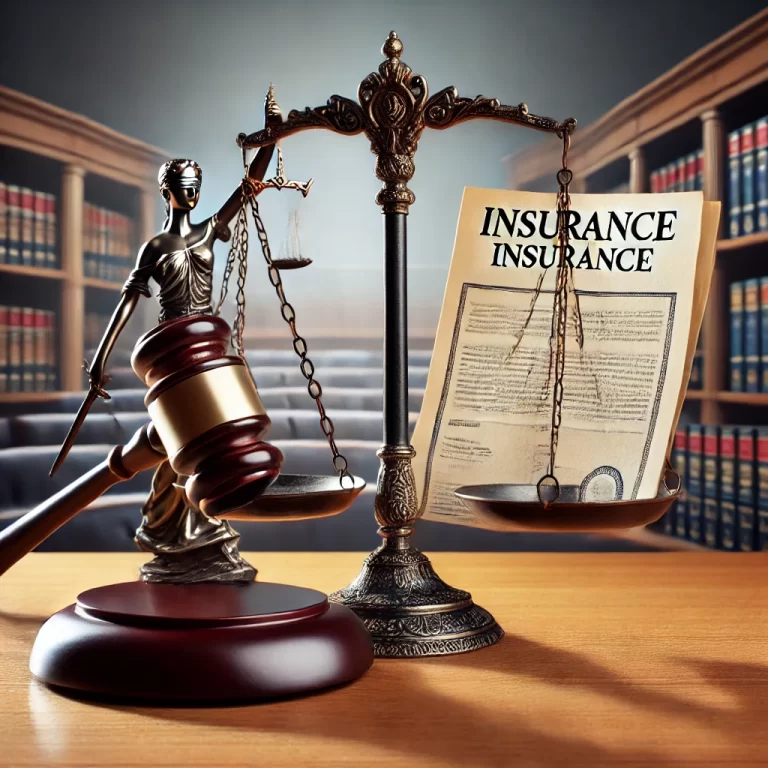
Introduction
We can take the mystery out of the matter right away. The glaring gap in tort theory is its failure to take adequate account of liability insurance. Although liability insurance plays a substantial role in the life cycle of tort claims, it does not feature prominently in any leading tort theory. Liability insurance not only influences judicial decisions about whether and when there should be liability—as courts have recognized for decades, some openly and some only implicitly—but also influences the tort system in other ways that tort theory has barely recognized.
By our estimate, liability insurance pays as much as eighty to eighty-five percent of all tort damages. Yet given that most academic discussions of tort theory make little or no reference to liability insurance, much tort theory is either unaware that liability insurance pays most tort claims or, apparently, considers this fact largely irrelevant. Other tort theory makes reference to liability insurance but does so without rigorously examining the many ways in which liability insurance influences tort liability, beyond being a mere source of funding.
The Invisible Hand of Liability Insurance
Liability insurance is the unsung hero, or perhaps the lurking villain, in the drama of tort law. Imagine a courtroom where every decision seems driven by pure legal principles. But peek behind the curtain, and you’ll find liability insurers whispering in the judges’ ears. Well, metaphorically. These insurers influence when and how courts decide liability, which can feel a bit like having a hidden referee in a sports game.
- Statistics: Liability insurance covers 80-85% of tort damages.
- Influence: Insurers impact judicial decisions, often steering the direction of tort law itself.
The Role of Liability Insurance in Tort Litigation
Just as importantly, much of the torts literature also has failed to recognize how liability insurance and liability insurers actively influence the course and dynamics of tort litigation—both before a tort claim is made, and throughout the course of subsequent litigation. Then, after trial, liability insurers decide whether to take appeals on behalf of their policyholders and whether to fight appeals by plaintiffs who have lost at trial. Liability insurers thus decide when to take the risk that plaintiffs will make new law on appeal that expands liability. And liability insurers have been playing this role and having this kind of influence for more than a century. Thus, the role of insurers goes far beyond the simplistic idea that liability insurance is just a source of funds available only after a tort claim has been resolved. In short, both quantitatively and qualitatively, liability insurance has always had a fundamental influence on the shape and scope of tort liability.
The Unseen Puppeteers: Insurers in the Background
Picture a grand theater where tort cases are performed. The actors (lawyers and judges) take center stage, but behind the scenes, there are puppeteers—liability insurers—pulling the strings. These insurers decide:
- Pre-trial: Which cases to settle.
- During trial: Whether to appeal decisions.
- Post-trial: How to handle verdicts and settlements.
The Missing Ingredient in Tort Theory
Yet much of tort theory has little or nothing to say about liability insurance. For example, Professors John Goldberg and Benjamin Zipursky, two of the most prominent tort theorists writing today, devote less than two pages to discussion of liability insurance in their book about civil recourse theory. Professor Gregory Keating’s most recent book on tort theory also mentions liability insurance only briefly and engages in almost no analysis of its current or historical role in the tort system. Even when tort theorists mention liability insurance, often it is mentioned only briefly and treated as exogenous to tort law itself, as if liability insurance were merely a contingent source of outside financing. This approach views liability insurance like a bank that passively guarantees a loan rather than what it is in reality: an active and, often, arguably the most important ingredient of, and influence on, tort liability itself.
- Example: Ignoring liability insurance in tort theory is like baking a cake without mentioning flour. Sure, you can try it, but the result is bound to be missing something fundamental.
The High Stakes of Liability Insurance in Tort Law
The stakes here are significant. Positive tort law theories aim to provide as complete a picture as possible of what tort law and tort liability are. Therefore, these theories should provide an account of the role played by liability insurance. Without accounting for liability insurance, a positive tort theory is incomplete and therefore inaccurate. And to the extent that a normative tort theory envisions what the scope and nature of tort liability should be, then omitting the role that liability insurance will play in that vision will render the theory unrealistic. For the courts and for the tort system, the doctrinal evolution of tort law is at stake. The issue is whether courts will address new risks by routinely considering the insurability of liability for those risks, as many, but not all, courts, have long done.
Real-World Examples and Analogies
- Homeownership and Mortgages: Just as mortgage financing is integral to understanding homeownership in the U.S., liability insurance is crucial to understanding tort liability.
- Modern Tort Liability: Modern tort liability, shaped significantly by insurance, wouldn’t look the same without it.
The Historical Influence of Liability Insurance
It is possible to differ about how much some of the torts literature recognizes the existence and influence of liability insurance, and how much does not. Suffice it to say that, for the most part, liability insurance stays in the background of much tort theory, and that analysis of liability insurance does not figure in an important way in any contemporary tort theory. Our point is that liability insurance should be much more frequently and extensively in the foreground of tort theory. We therefore aim to show how liability insurance figures in tort liability, and why it should be an important and characteristic ingredient of any theory of tort liability that attempts to account for tort liability as it actually exists, or how tort law became what it is now. We use the term “ingredient” in reference to liability insurance’s role in tort law because the analogy to a recipe fits almost perfectly. For example, “cake” is made with flour. There is such a thing as what is sometimes called “flourless cake,” but it is an unusual version, arguably even an imitation, of cake. Its very name emphasizes the absence of one of the characteristic ingredients of “cake.” Similarly, mortgage financing is not a formally necessary feature of home ownership in the United States. It is logically possible to own a home without financing its purchase through a mortgage loan. But eighty percent of homebuyers finance their purchases with mortgage loans. To describe the nature of homeownership in the United States without reference to mortgages would be to provide a fundamentally incomplete and misleading portrait of this phenomenon. So it is with contemporary tort liability. Liability insurance is a characteristic ingredient that is central to tort liability.
The Essential Role of Liability Insurance
Liability insurance is not just a financial backstop; it’s the yeast in the bread, the melody in the song. Without it, tort liability would be unrecognizable. Just as 80% of homeowners in the U.S. use mortgage financing, 80-85% of tort damages are covered by liability insurance. Ignoring this fact creates an incomplete and misleading picture of tort law.
- Analogy: Liability insurance in tort law is like flour in cake—essential and defining.
- Stat: 80-85% of tort damages are covered by liability insurance.
Liability Insurance: Shaping Modern Tort Liability
In addition, it is no exaggeration to say that liability insurance played a defining role in creating modern tort liability, and that modern tort liability would not look at all like it looks today if liability insurance had not existed and influenced tort liability’s development in the ways that did. To the extent that tort law is a “law of wrongs,” as Professors Goldberg and Zipursky insist, it might still be a law of wrongs if liability insurance had never existed, but it would not be the law of wrongs in contemporary tort law. The wrongs would be different, and the law governing them would be different, because the way the courts think about what should count as a tortious wrong has been influenced by the presence and availability of liability insurance. And to the extent that tort law is concerned with creating incentives and deterring harmful conduct, as prominent consequentialist tort theorists (including one of us) have argued, tort law would have a different shape as well, because liability insurance has always employed important methods of achieving these goals, including risk-based pricing. For these reasons, this Article aims to demonstrate the ways in which liability insurance should be included in accurate and meaningful theories of tort law, whatever they are.
Liability Insurance as an Active Player
Liability insurance isn’t a silent partner. It actively shapes what is considered a tortious wrong and influences the legal landscape through methods like risk-based pricing. If tort law aims to deter harmful conduct, liability insurance is a crucial tool in that endeavor.
- Methods: Risk-based pricing by insurers helps shape legal standards.
- Influence: Insurance has redefined what constitutes a tortious wrong over time.
The Way Forward: Integrating Liability Insurance into Tort Theory
We appreciate the fact that some tort theorists may not address liability insurance because they are sometimes addressing the narrow question of what comprises the logical, normative structure of tort law. Liability insurance is excluded from this structure, apparently, because it is possible to conceive of tort law rules as they are stated in judicial opinions and treatises without reference to liability insurance. Even so, the plethora of tort cases—from state and federal courts across myriad jurisdictions—in which judges explicitly mention insurance as relevant to their doctrinal determinations challenges this framing. That said, if the goal of these tort theorists is to identify some abstract essence of tort law, analogous to the Platonic essence of cake or home ownership, we have little to say relevant to that form of theorizing. What matters to us here is the way in which liability insurance is, in a very real sense, a characteristic ingredient of most tort liability as we know it today, discussed explicitly by courts in key doctrinal disputes, and often an unacknowledged ingredient of the rules that courts adopt.
Bridging the Gap in Tort Theory
In our view, the role played by liability insurance in tort has been and continues to be beneficial. Liability insurance spreads the risk of tort liability, often helps to promote safety, ensures compensation for some tort victims who would otherwise not be compensated, and enables planning and budgeting that would require reserving or encumbering of assets if liability insurance could not be relied on by potential defendants to fund tort liability. The insurance-facilitated expansion of tort liability has been a byproduct of liability insurance’s characteristics. But our project is mainly positive and descriptive with regard to liability insurance, albeit designed to spur its incorporation and elaboration in descriptive and normative tort theories.
A Positive and Descriptive Approach to Tort Theory
Our analysis proceeds in four parts. Part I is largely concerned with the scope and nature of the liability insurance that covers the parties and potential parties to tort suits. This Part lays the groundwork for our analysis by describing the role that liability insurance plays in the life cycle of a tort claim, sketching the contemporary incidence of liability insurance and commercial self-insurance, and estimating that liability insurance pays as much as eighty to eighty-five percent of all tort costs.
Part I: Scope and Nature of Liability Insurance
- Role in Tort Claims: Liability insurance’s influence begins long before a claim is filed and continues through appeals and settlements.
- Estimates: Liability insurance pays for up to 85% of tort costs, making it a cornerstone of the tort system.
Part II: Courts and Tort Law Doctrine
Part II turns from the parties and their liability insurance to the courts and tort law doctrine. Part II highlights liability insurance’s central role in developing tort doctrine. It opens with an extended sampling of significant judicial opinions chosen for expressly referencing the availability (or unavailability) of liability insurance and being precedent-setting, liability-expanding, or liability-limiting tort cases. It then identifies and analyzes the ways that liability insurance historically has influenced, and continues to influence, the shape and scope of tort law, singling out important tort law doctrines that would never have persisted in the absence of liability insurance. Part II concludes by demonstrating how, through the exercise of their duty to defend their policyholders and their right and duty to settle claims under their policies, liability insurers have long been and continue to be the real parties in interest in the vast majority of tort suits. We argue further that, paradoxically, through their effort to combat tort liability in individual lawsuits, liability insurers have fueled the expansion of American tort liability that began over a century ago.
Part II: Influence on Tort Law Doctrine
- Judicial Opinions: Courts frequently consider insurance in their decisions, affecting the development of tort law.
- Historical Impact: Liability insurance has shaped key doctrines and continues to influence modern tort law.
- Paradox: Insurers’ attempts to limit liability often result in its expansion, illustrating their deep impact on the legal landscape.
Part III: Critique and Reform of Tort Theory
Parts III and IV move beyond the descriptions in the first two Parts to offer an original critique, and opportunities for reform, of tort theory. Part III establishes that existing tort theories fail to capture the influence of liability insurance discussed in Parts I and II. Part III then begins to fill the resulting gap in tort theory. Specifically, Part III shows how liability insurance can present challenges to, and appropriately figure into, both deontic and consequentialist theories of tort liability. We attempt to explain how deontic theories could integrate liability insurance into their frameworks, though we see our effort mainly as a challenge to deontic theorists either to accept or to explain the reasons for their rejection of our contentions. Turning to consequentialist theories, we focus on the interaction between liability insurance and the deterrent aims of tort liability. We suggest the ways in which, despite the moral hazard that liability insurance creates, liability insurance and deterrence can fruitfully coexist and even prove synergistic.
Part III: Bridging the Gap in Tort Theory
- Critique: Existing theories overlook the critical role of liability insurance.
- Integration: Liability insurance must be woven into both deontic and consequentialist frameworks.
- Challenges and Synergy: Addressing moral hazards while leveraging insurance to enhance deterrence.
Part IV: Lessons for the Courts
Finally, in view of our contention that accounting for liability insurance is consistent with both deontic and consequentialist tort theories, Part IV offers lessons for the courts to follow in taking liability insurance into account, whether they are operating under deontic or consequentialist assumptions. It begins with some thoughts about the reasons courts historically have been more reticent in their opinions about acknowledging the influence of liability insurance than we believe they ought to be. We call not only for more open acknowledgment of this influence in judicial opinions but also for holding that evidence of market availability of the form of insurance that would cover the form of tort liability at issue is admissible as an addition to the record, though not brought to a jury’s attention. This change will be regarded by some as revolutionary, but in fact it would simply make formally available to the courts what they often consider informally and outside the evidentiary process. Indeed, it is a matter of common sense that something as important and influential as the insurability of the risk at issue in a tort case be part of the record in that case rather than being a matter of speculation or assumption, as it has been in some of the cases we canvass. This Part then examines the considerations that affect whether the courts should expect liability insurance against potential new forms of liability to develop. The core lessons are that a new form of liability must either fall into a preexisting category of insurance coverage or generate sufficient demand for insurance to warrant the costs entailed in creating insurance to cover it. In addition, moral hazard and informational uncertainty considerations also may play a role in influencing the liability insurance market.
Part IV: Judicial Lessons
- Historical Reticence: Courts have been hesitant to openly discuss insurance influence.
- Call for Transparency: Greater acknowledgment of insurance’s role is needed.
- Admissibility of Evidence: Market availability of insurance should be part of the record, enhancing transparency.
- Future Considerations: New liabilities must align with existing coverage or generate sufficient demand.




